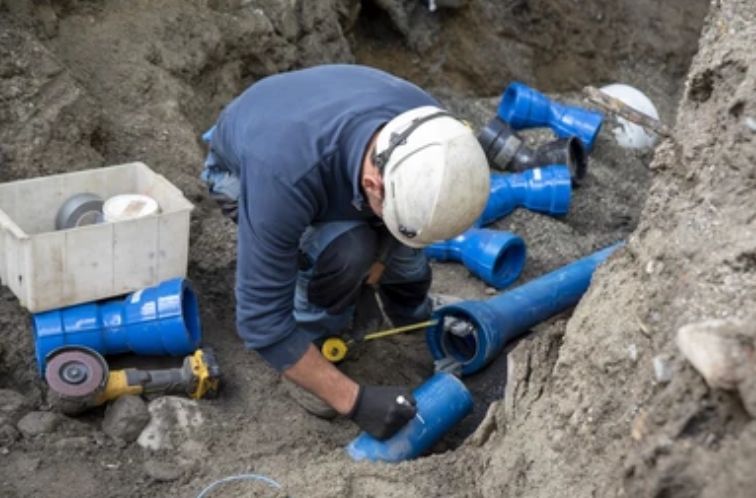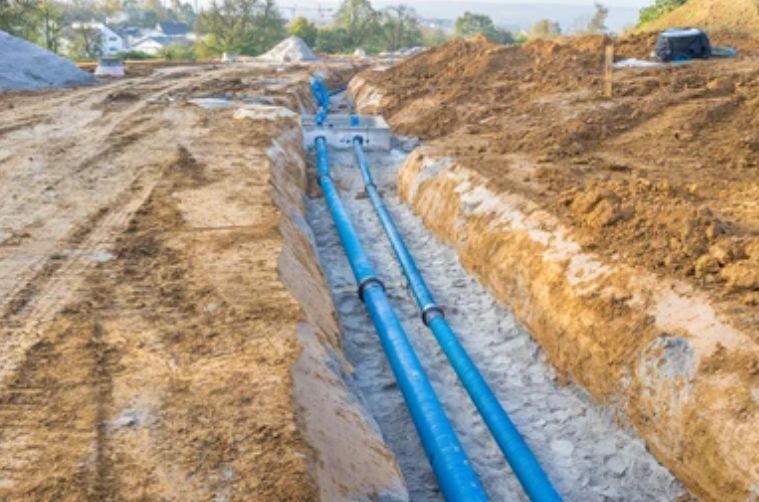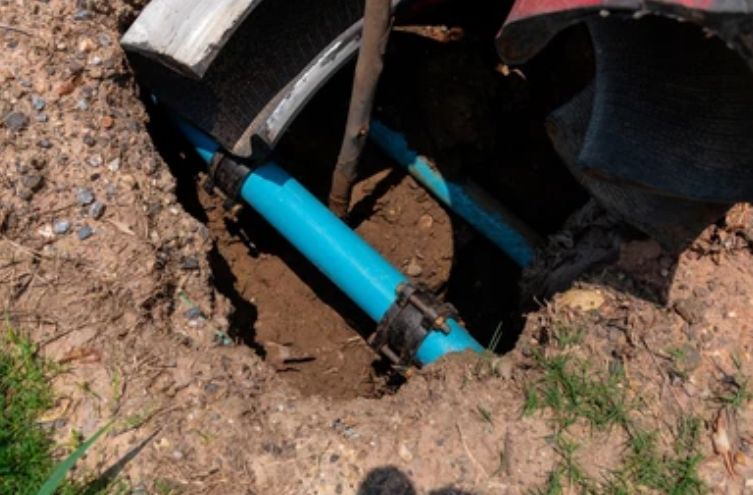
How Deep Does a Water Line Need to Be Buried?
Water lines are among the most important infrastructure components that support our homes and businesses. Knowing how deep a water line needs to be buried is crucial for ensuring its durability and functionality.
A water line’s burying depth depends on a variety of factors, including its type and local regulations. A water line’s purpose and function may determine its depth, such as supply lines and service lines.
The frost line, soil type, and local building codes all contribute to a successful water line installation. Always consult with professionals to determine the specific requirements for your area and project.
Water Line Depth Requirements and Code Compliance
Water lines are typically at a depth of 36 inches in the United States, but this can vary significantly by region. The International Plumbing Code (IPC) and the International Residential Code (IRC) guide plumbing regulations in places such as Colorado.
The codes require buried water and sewer lines to be at least 12 inches deep. However, this minimum depth is applicable mainly in areas where the ground does not freeze regularly. The IPC and IRC also specify that water and sewer lines should be at least 6 inches below the frost level to prevent freezing.
Frost level indicates how deep the soil freezes during winter. This measurement can be determine by averaging the deepest frost penetrations over the last 30 years. It is provided by agencies such as the U.S. Department of Commerce and the National Snow and Ice Data Center.

There are a variety of factors that influence frost levels across the country. Northern regions may experience frost depths of 100 inches, while southern regions may experience a depth of 6 inches. A typical frost level in Denver is 40 to 50 inches below ground level, increasing with mountain proximity.
It is usually necessary to bury water lines deeper than the frost level in Denver to prevent freezing. A recommendation is that water lines needs to be at least 12 inches below the frost level.
The Denver Water Department requires that water lines be at a depth of 4.5 feet underground for properties it serves. There is a maximum depth of 6 feet below grade. Water lines must be relocated if the ground level is altered to maintain the burial depth of 4.5 to 6 feet.
What Happens If a Water or Sewer Line Freezes?
Water and sewer lines can freeze and cause significant problems. A frozen water line may leave you without water for days or even weeks until it thaws. Additionally, there’s a risk that the pipe could burst due to the expansion of ice inside it. This burst can lead to flooding and damage to your home’s foundation.

The main water lines of many homes are now made of cross-linked polyethylene (PEX) instead of PVC to mitigate such issues. PEX is more flexible and less likely to break or crack in freezing temperatures. It also has better insulation properties, reducing the risk of freezing compared to PVC.
A frozen sewer line can also cause serious problems. You can block waste and water flow from your home with a frozen sewer line. This can result in sewage backing up into drains and potentially flooding your home when the sewer line freezes.
How Deep Does a Water Line Need to Be Buried
If you have an underground sprinkler system, it’s important to bury the sprinkler lines at least 8 inches below ground level. Sprinkler lines do not need to go below the frost line, unlike other underground pipes.
The sprinkler system should be shut off before the first major frost in the fall to prevent freezing and breakage during winter. You can drain and blow out the system completely to ensure protection.
The damage might not be visible right away if you neglect to winterize your sprinkler system. The broken line could cause flooding in the yard, basement, or crawl space when the water is back on in the spring.





 Hi I'm Joe.
Hi I'm Joe. 